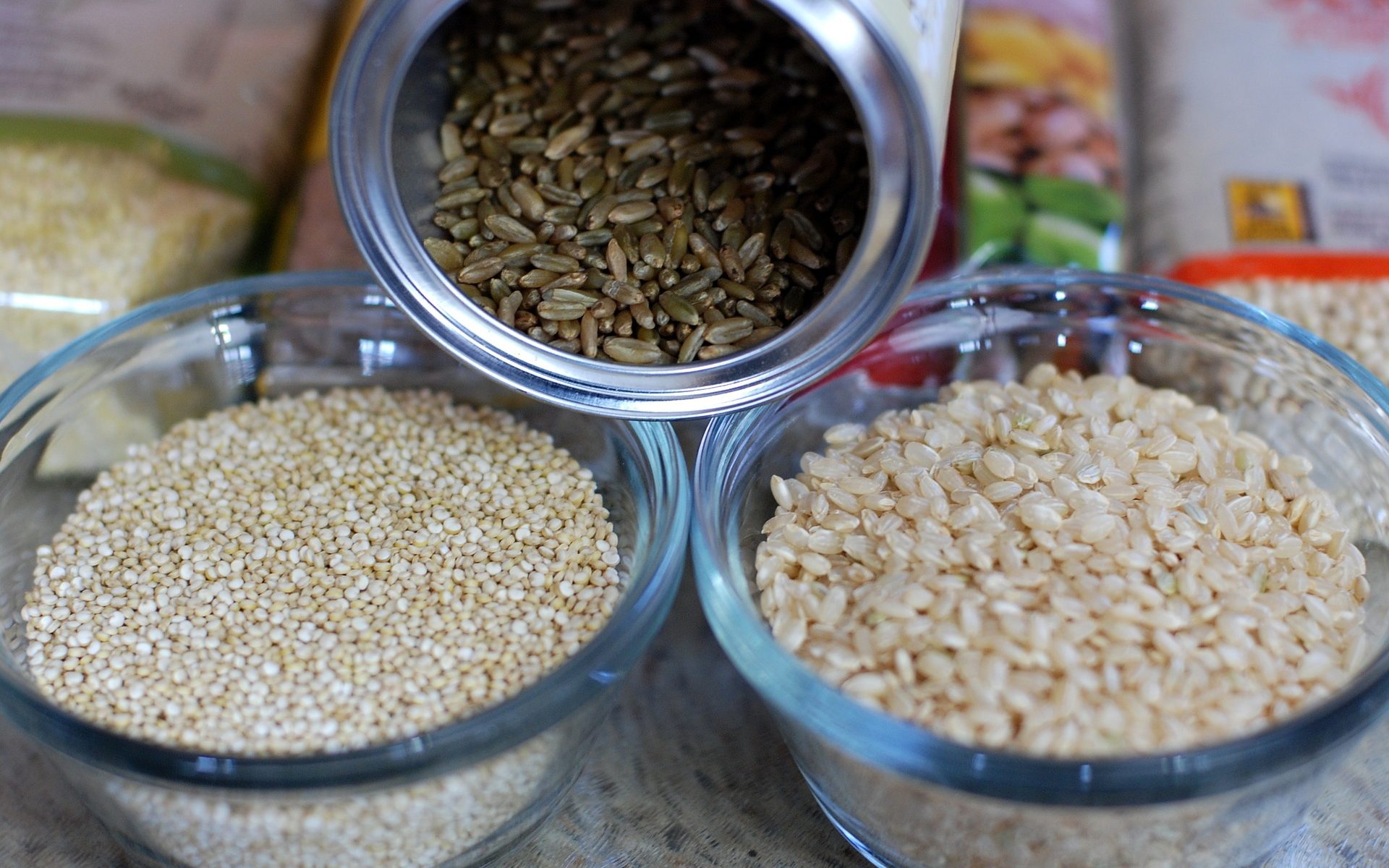by Kelsi Robinson, UTSA Dietetic Intern
reviewed by Celina Parás, MSc, RDN, LD, Nutrition Education Specialist, CHEF at The Children’s Hospital of San Antonio
As we begin the new year and you reflect on your New Year’s resolutions, it is important to keep in mind that smaller goals may be more realistic. It is common to set a weight loss goal or try a new fad diet, but these goals are usually too stressful and unlikely to be continued long-term. No one likes to fail, but goals that are not realistic can make someone feel like a failure and force them to just “give up.” This new year focus on small lifestyle changes you can easily fit into your current daily routine.
Try a New Vegetable Weekly
According to the Centers for Disease Control and Prevention (CDC), only 1 out of 10 Americans meet the federal daily vegetable recommendations.1 Vegetables provide many nutrients, including fiber. Fiber from vegetables, as part of an overall healthy diet, helps with digestion, heart health, and can make you feel fuller for longer without all the calories. There are a variety of vegetables many people have not tried or even heard of, so this year try adding one new vegetable a week. This will not only expand your palate, but also increase your vegetable intake.
Add Color on Your Plate
When choosing fruits and vegetables it is also important to consider their color. Color on our plates draws our eyes to the food and inspires us to want to try it. Have your heard the saying “we eat with our eyes?” It is true! Before we even begin eating we look at our plates and if it is not appealing we will not eat it, but if it looks good our brain tell us to start eating.2 As for your health, different colors provide their own sources of nutrients. Color variety can make sure you are getting a large range of nutrients your body needs.
Get Moving!
Start small! If walking around your neighborhood for 30 minutes three times a week is more realistic, then start there. For children, it is recommended to participate in 60 minutes of activity per day.3 Activities can include walking, bike riding, swimming, or anything that gets you moving and gets your heart pumping will improve your health and help with weight management.
So whether you want to lose weight or just begin a healthier lifestyle, start small and you will be more successful. It is easier to maintain goals if they are realistic. As you slowly start combining healthier eating patterns with exercise, long-term weight loss goals will become more realistic without the stressful dieting. So, this new year focus on small changes that are realistic and overtime you will see more improvement in your health long-term.
- Centers for Disease Control and Prevention. Only 1 in 10 Adults Get Enough Fruits or Vegetables. https://www.cdc.gov/media/releases/2017/p1116-fruit-vegetable-consumption.html. Published 2017. Accessed December 17, 2018.
- Spence C, Okajima K, Cheok AD, Petit O, Michel C. Eating with our eyes: From visual hunger to digital satiation. Brain Cogn. 2016;110:53-63. doi:10.1016/j.bandc.2015.08.006
- Energy Out: Daily Physical Activity Recommendations. American Academy of Pediatrics. https://www.healthychildren.org/English/healthy-living/fitness/Pages/Energy-Out-Daily-Physical-Activity-Recommendations.aspx. Published 2014. Accessed December 17, 2018.





